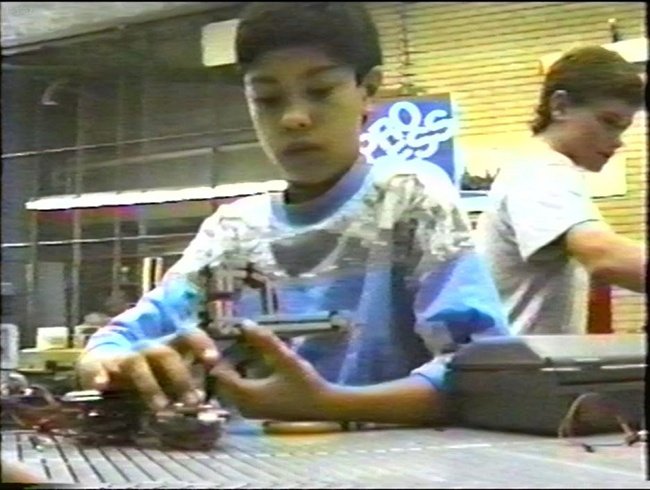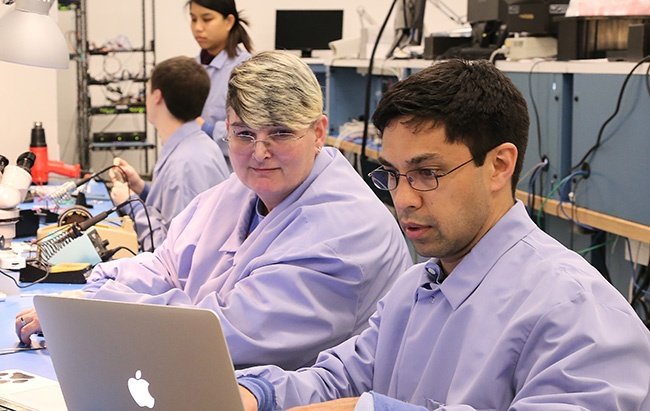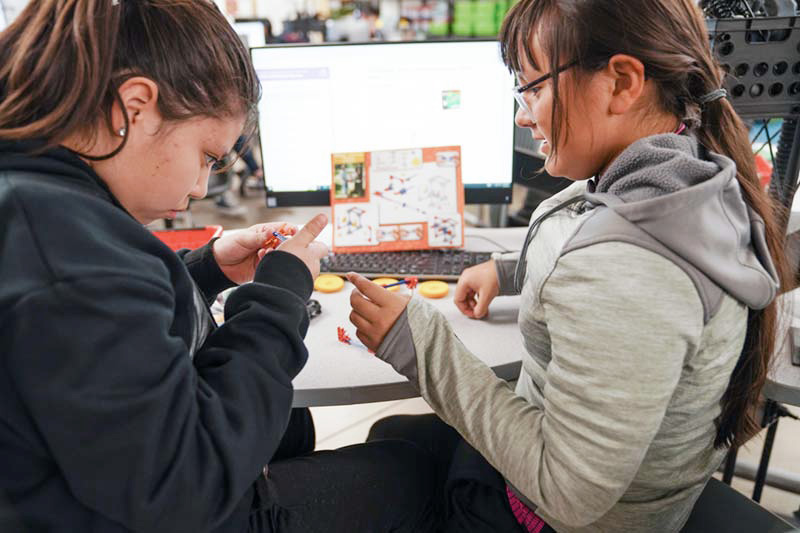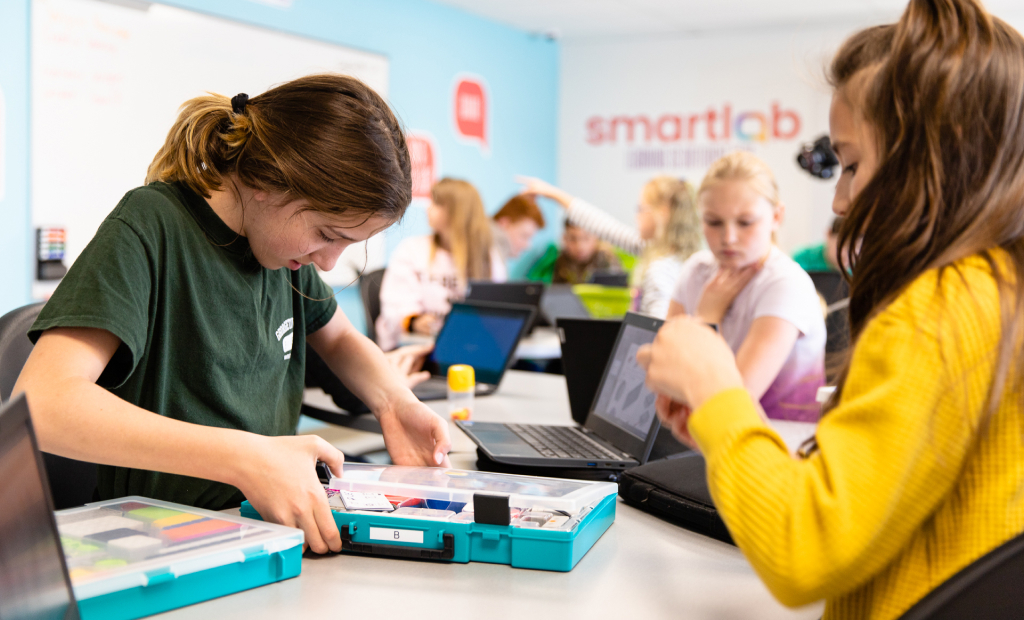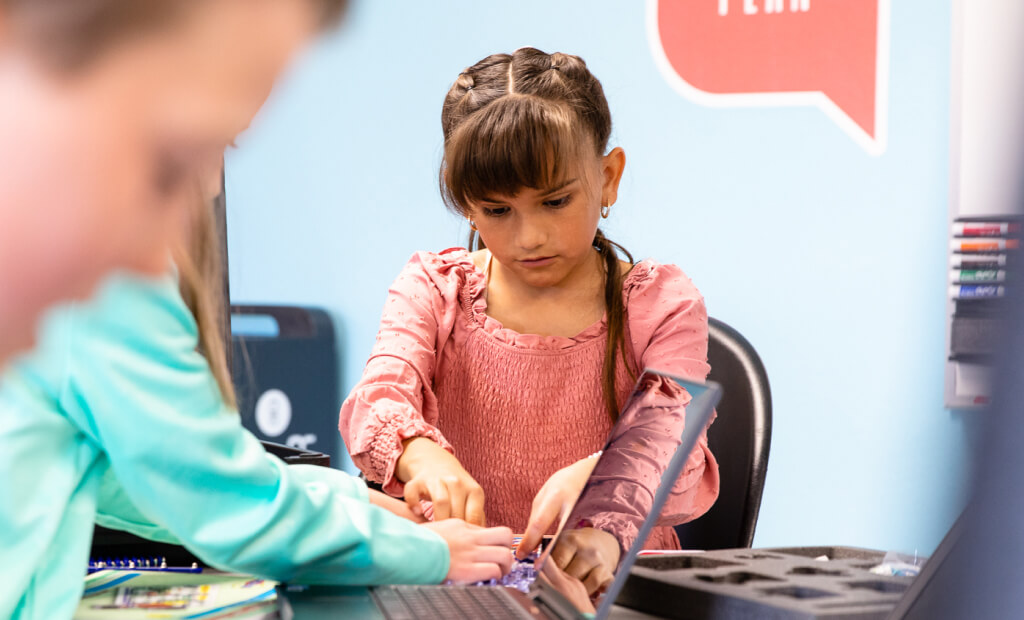Ray Ramadorai, Then and Now, with 30 Years of STEM
Long before Ray Ramadorai became a successful aerospace engineer, he was a middle school student developing an ambidextrous robotic hand in the first STEM lab ever created for a U.S. school.
Ramadorai, now 41, was a student at Butler Middle School in Jordan, Utah, 30 years ago when Creative Learning Systems installed the first TechLab 2000, a hands-on STEM program that evolved into today’s SmartLab.
“It’s something I look back on fondly,” said Ramadorai, who went on to earn a Bachelor of Science degree from the University of Arizona, helped architect the Core i7/5/3 processors at Intel, and now develops spacecraft, avionics, power, and communications systems at asteroid mining company Planetary Resources.
Though Ramadorai always had a passion for engineering, learning in the TechLab 2000 gave him the freedom and tools to try new things at a young age.
“It really affords the opportunity for kids who have an interest but not the means or equipment at home to try things out in an environment that’s easy to work on,” he said.
His teacher Kim Durfee encouraged him to forge his own path using the SmartLab’s tools. That support made it possible for Ramadorai to work on projects he was interested in, such as the ambidextrous hand he still remembers creating.
Thirty years later, Ramadorai thinks back on the TechLab 2000 classroom as “an amazing experience.”
“It was a huge opportunity to try things and learn things in an environment that catered to kids who had an interest in technology,” Ramadorai said.
Since his TechLab experience, Ramadorai has built a career around that passion. He has several patents in computer architecture and power efficiency, survivability and testing. He developed technology that helped Intel create dual core processors.
Now he’s responsible for spacecraft/ground avionics, power and communications for Planetary Resources, a company dedicated to surveying and mining natural resources from asteroids.
“A lot of us are very excited about exploration,” Ramadorai said. “Very few people get that opportunity — to go to space, but as an engineer, you can build something that can and it can work on your behalf. That fulfills the need for exploration in a way that nothing else can.”
He has a message for the students now exploring in Creative Learning System’s modern SmartLabs.
“Persistence is really key,” he said. “If there’s something you want to do, keep trying to do it in one form or another, no matter what.”
